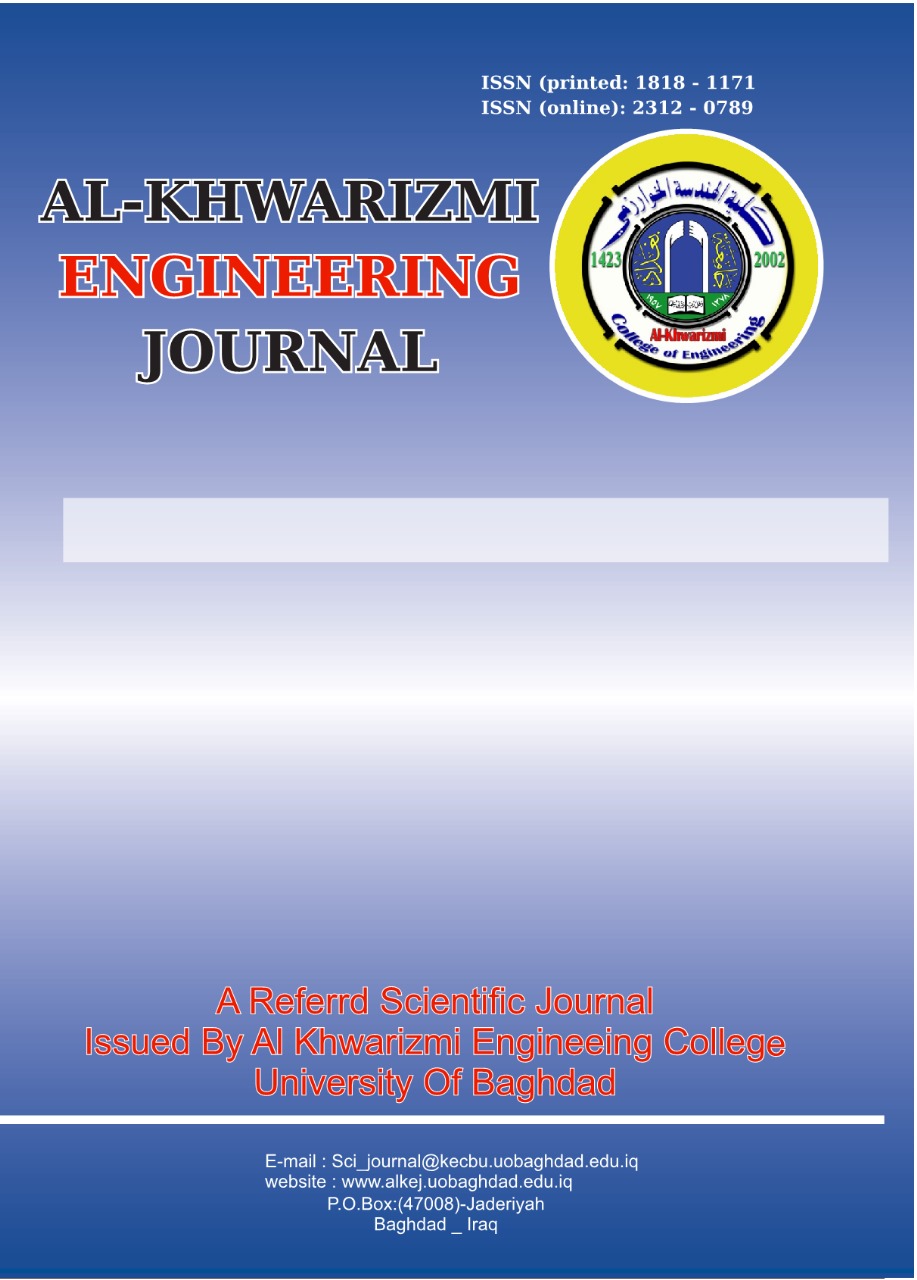Abstract
Stainless steel (AISI 304) has good electrical and thermal conductivities, good corrosion resistance at ambient temperature, apart from these it is cheap and abundantly available; but has good mechanical properties such as hardness. To improve the hardness and corrosion resistance of stainless steel its surface can be modified by developing nanocomposite coatings applied on its surface. The main objective of this paper is to study effect of electroco-deposition method on microhardness and corrosion resistance of stainless steel, and to analyze effect of nanoparticles (Al2O3, ZrO2 , and SiC) on properties of composite coatings. In this paper employed Electroco-deposition process to develop a composite coating with (Ni) matrix and Ceramic oxide particles: Al2O3 (135nm), ZrO2 (40nm), and SiC (80nm) as reinforcements. The coatings were developed with 10 g/L, and 20 g/L concentrations in bath, at four different current densities (0.5, 1, 2, 3 A/dm2) using Watts bath to study the effect of current density and particle concentration in bath, on structure and properties of the coatings developed. The surface morphology of nanocomposite coating was characterized by Scanning Electron Microscopy (SEM). The hardness of the nanocoating was carried out using Digital Vickers microhardness tester. The corrosion resistance property of nanocomposite coating was carried out in 3.5% NaCl solution used Open circuit potential (OCP) and potentialastic polarization. The results showed the nanocomposites coating have a smooth and compact surface and have higher hardness than the uncoated stainless steel (2.3 times), and also found that the nanocomposite coating improves the corrosion resistance significantly (89.25%).
Keywords
and Potentialastic Polarization.
Corrosion resistance
Electroco-Deposition ECD
Microhardness
Nanocomposite Coating
Stainless steel
Abstract
يُعد الفولاذ المقاوم للصدأ (304AISI) من المواد الموصلة للحرارة والكهربائية ومقاوم جيد للتآكل في درجات الحرارة الأعتيادية, منخفض الثمن ومتوافر بكثرة, لكنه يُعد جيداً من ناحية الخواص الميكانيكية مثل الصلادة ومقاومة الشد. لغرض تحسين خواص السطح مثل الصلادة ومقاومة التآكل مع تعديل السطح باستخدام الطلاء بالمركبات النانوي. في هذا البحث استخدمنا عملية (Electroco-deposition) لوضع الطلاء المركب مع مصفوفة النيكل وجزيئات اوكسيد السيراميك كمعززات على النحو التالي:- (Al2O3 (135nm), ZrO2 (40nm), and SiC (80nm. تم تنفيذ الطلاء في تركيزات مختلفة (10g/L و 20g/L), وكذلك كثافة التيار مختلفة (0.5, 1, 2, and 3 A/dm2) باستخدام حمام (Watts) من اجل دراسة تأثير كثافة التيار وتركيز الجزيئات في الحمام على بنية الطلاء المنجز وخصائصه. الهدف الاساس من هذا البحث هو تحسين الصلادة ومقاومة التآكل للفولاذ المقاوم للصدأ , ودراسة تأثير طريقة (Electroco-deposition) على السلوك المجهري والميكانيكي للفولاذ المستخدم في البحث, وكذلك تحليل تأثير الجزيئات النانوية على خصائص الطلاء المركب. وتم كذلك دراسة تشكيل سطح الطلاء بالمركب النانوي من خلال المجهر الالكتروني (SEM). وقد اجري فحص الصلادة بواسطة الاختبار الرقمي للصلادة الدقيقة (Microhardness-HV), كذلك تم اختبار التآكل في محلول كلوريد الصوديوم (NaCl) بتركيز 3.5% باستخدام طاقة الدائرة المفتوحة (OCP) وطاقة الاستقطاب. أظهرت النتائج ان الطلاء بالمركبات النانوية له سطح أملس مدمج, وكذلك صلادة عالية بنسبة ( 2.3مرة) مقارنة بالفولاذ المقاوم للصدأ غير المطلي, وايضآ وجد ان مقاومة التآكل قد تحسنت بشكل كبير بنسبة 89.25% مقارنة بالفولاذ غير المطلي.
